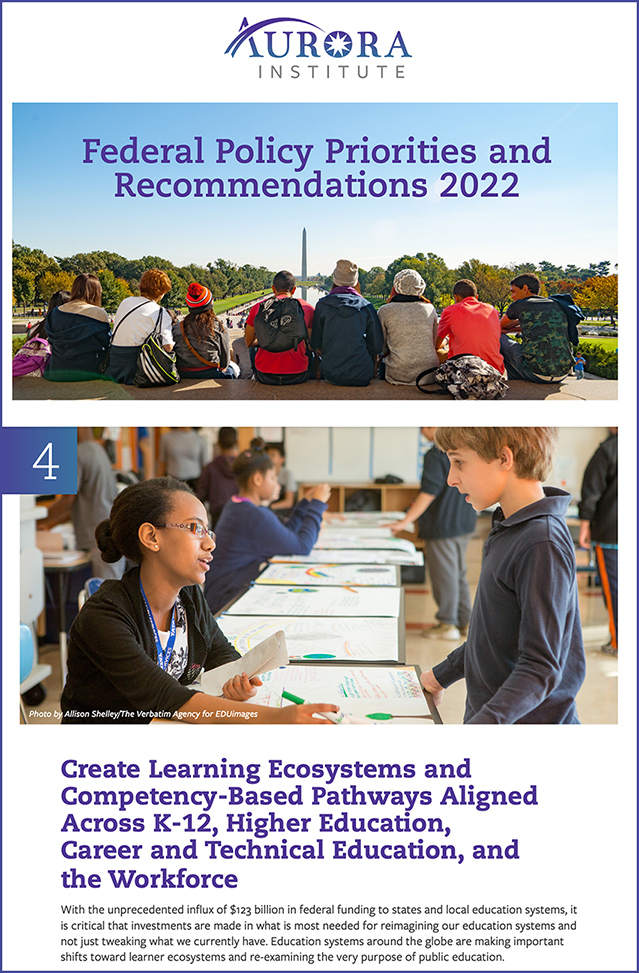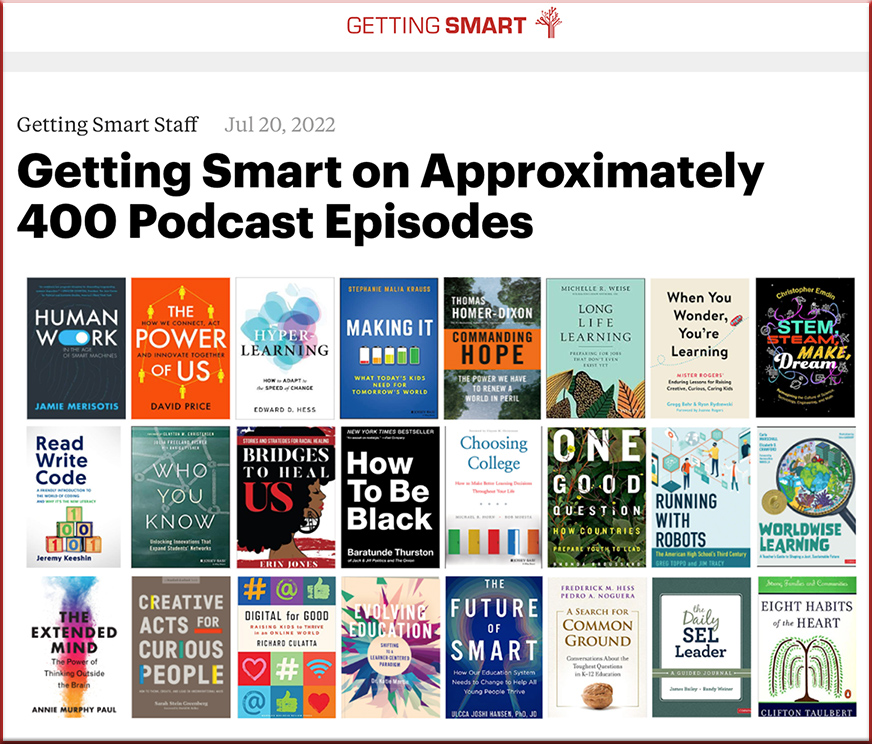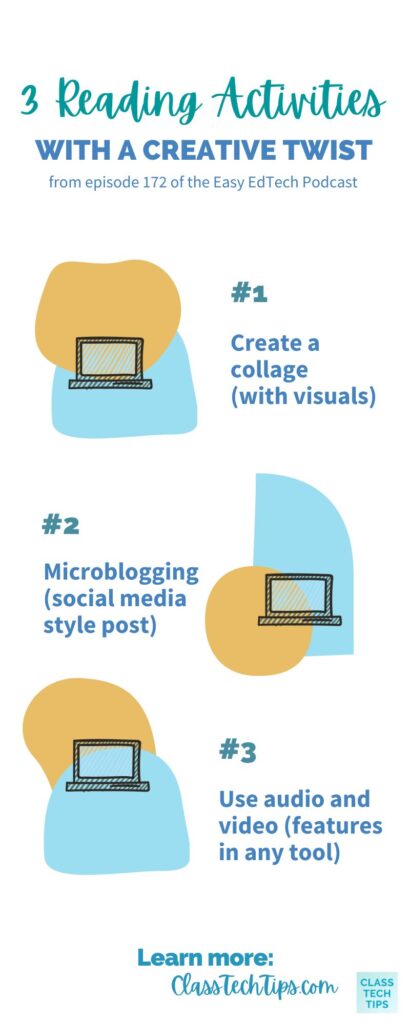Higher Ed Is Looking to Refill Jobs. But It’s Finding a ‘Shallow and Weak’ Candidate Pool. — from chronicle.com by Megan Zahneis
Excerpt (emphasis DSC):
While higher education has largely recovered nearly all of its pandemic-associated job losses, the task of recruiting and hiring administrators and staff members has become a daunting one, according to a Chronicle survey of college leaders, hiring managers, and administrators that was conducted with support from the Huron Consulting Group.
Nearly 80 percent of the 720 respondents said their campus has more open positions this year than last, and 84 percent said that hiring for administrative and staff jobs has been more difficult in the last year.
Those positions are harder than ever to fill, too: 78 percent of leaders said their campus had received fewer applications for open jobs in the last year, and 82 percent agreed that they’d fielded fewer applications from qualified candidates. Said one person who took the survey: “The pools have been shallow and weak.”
From DSC:
Ask any ***staff*** member who has been working within higher education these last 10-20 years if this development is surprising to them, and they would tell you, “No, this is not a surprise to me at all.” Working within higher education has lost much of its value and appeal:
- Budgets have been shrinking for years — so important/engaging new projects get taken off the plate (or indefinitely postponed). So opportunities for personal growth and new knowledge for staff members have been majorly curtailed. Also, members of administrations may decide to outsource those exciting projects that do survive to external consultants.
- Oftentimes, salaries don’t match inflation — and they were never stellar to begin with.
- Staff are second-class citizens within the world of higher education
- They aren’t part of the governing bodies (i.e., the Faculty Senates out there don’t include staff). Faculty members have much more say, control, and governance over things and get the opportunities to travel, learn, present, grow, share their knowledge, etc. much more so than staff members.
- There are few — if any — sabbaticals for staff members.
- Even those working within teaching and learning centers and instructional designers don’t have their hands on many steering wheels out there. Many faculty members prefer to hold their own steering wheels and they won’t listen to others who aren’t people they consider their “peers” (i.e., essentially other faculty members).
- They often don’t get the chance to do research and to make money off that research, like faculty members do
- Staffing levels are inadequate, so one takes on an ever-increasing amount of work for the same pay.
And others could add more items to this list. So no, this is not a surprise to me at all. In a potential future where team-based content creation may thrive, it appears that some team members are dropping out.













